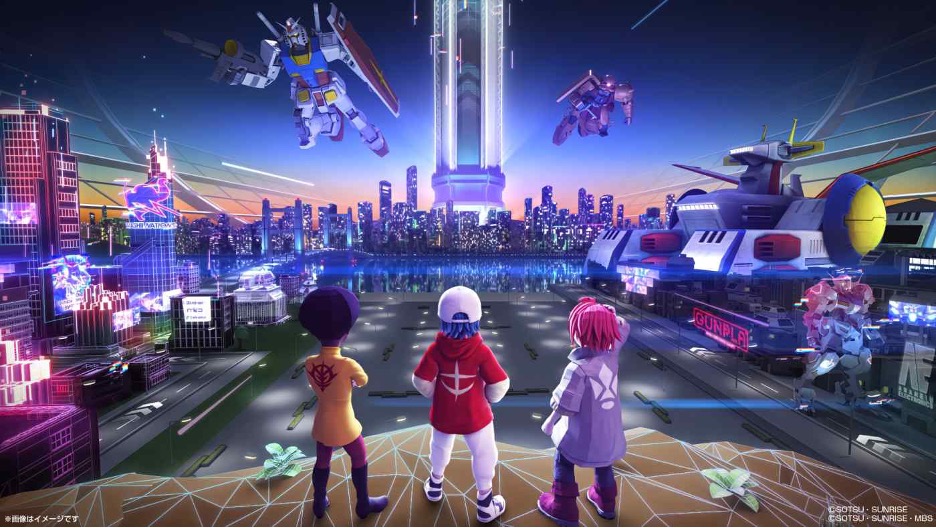Metaverse
In January 2020, author and investor Matthew Ball published the most widely cited description of the metaverse: "an extensive network of enduring 3D worlds and real-time simulations that […] can be synchronously experienced by a truly unlimited number of users, each with an individual sense of presence."
By its definition, a metaverse is a product or service with seven basic attributes, including persistence, synchronicity, and interoperability. However, technology strategist Ben Thompson argued that the description was not far from what the Internet is and does, just "with the 3D layer on top."
Metaverse as a place
Metaverse has also been described as a place where users can connect, interact, and transfer themselves and their stuff in multiple digital places. Examples that come to mind include gaming and creative platforms such as Roblox, Epic Games 'Fortnite or Manticore Games' Core, in which players and their avatars can seamlessly move from one virtual world to another.

Metaverse as a moment
Recently, budding entrepreneur Shaan Puri came up with a different definition that describes the metaverse as a point in time. Specifically, metaverse is the moment when our digital lives - our online identities, experiences, relationships, and assets - become more meaningful to us than our physical lives. This perspective emphasizes human experience, making the transition to metaverse a sociological shift instead of a technological one.
Metaverse in practice
The third definition is compelling in part because it focuses on those who actually build and use the metaverse: people. Answering questions about what a metaverse can look like and feel - instead of thinking about its features - could prove to be a useful insight into predicting the wave of socio-economic change that the metaverse is expected to unleash. After all, the future is being built by ruthless pragmatists; not cartoon theorists who "meander through the forest of their own words."
And if the technologists are right that 2022 will separate the thinkers from the builders, then the technical advances of previous years will bring the first steps this year towards making the metaverse a reality.
Progress will be largely attributed to ever better graphics processing units (GPUs), photorealistic 3D engines, faster content generation through volume video and artificial intelligence, growing cloud computing and 5G expansion, as well as a more sophisticated and better understanding of blockchain infrastructure.

However, in terms of human experience, one development stands out from all the others: extended reality (XR) technologies. These include virtual reality (VR), augmented reality (AR), and brain-computer interfaces (BCIs), which are being built together as additional computing platforms in their own right.